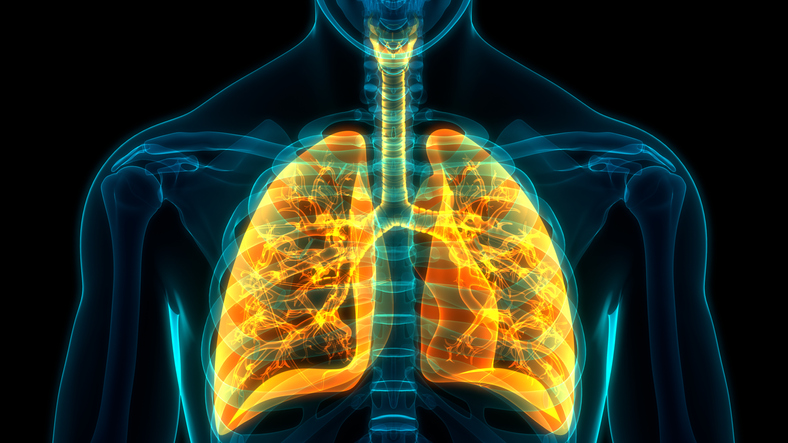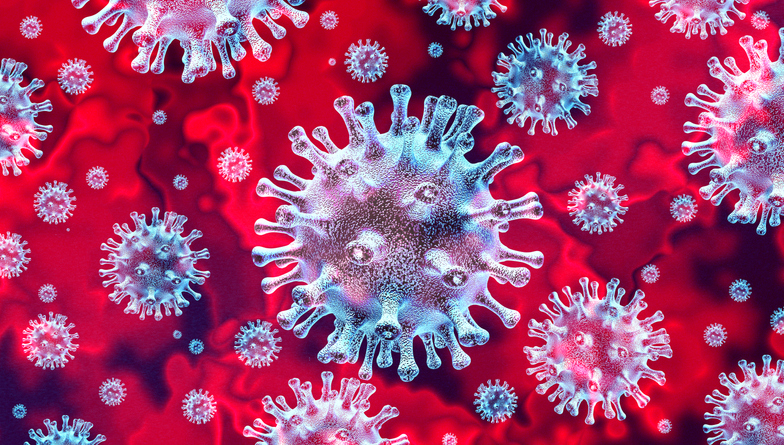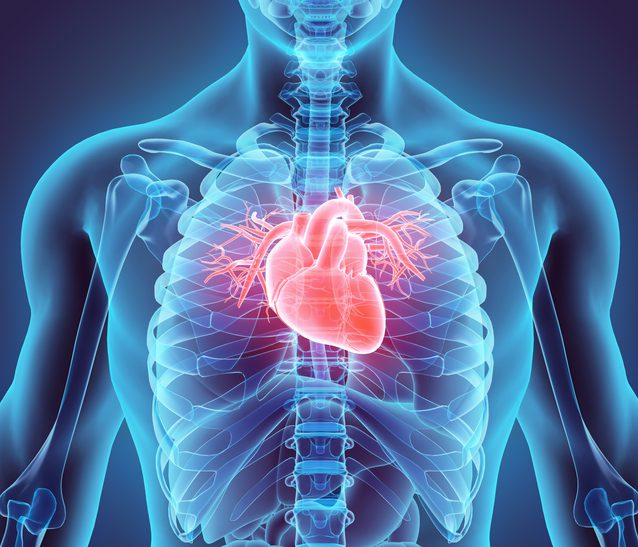How serious COVID-19 is for athletes
The short and long-term impact COVID-19 can have on your health

The first confirmed case of COVID-19 in Canada was discovered on January 27th, 2020, from a man in his 50s who had travelled from Wuhan, China, a few days earlier. His wife also contracted COVID-19 upon her husband’s return from Wuhan. Now nine months later, Canada is experiencing a second wave of COVID-19 cases. According to the COVID-19 Dashboard by the Center for Systems Science and Engineering (CSSE) at Johns Hopkins University, on September 21st, Canada recording over 1,800 cases. The highest daily total of COVID-19 cases since early May. Naturally, greater restrictions have been put in place to try to curb the rise. While there may be fatigue within the population to the constant messages COVID-19, diligence is still needed.
The Canadian government defines symptoms of possible COVID-19 infection as having a fever, dry cough and tiredness, or fatigue. Less common, but still prevalent symptoms include aches and pains, a sore throat, headache and possible loss of taste or smell. It appears that on average it takes five to six days from when someone is infected with the virus to present symptoms. (However, there is reason to be cautious for up to 14 days).
Related: The athlete’s heart
The majority of COVID-19 cases remain mild to moderate, making it extremely difficult to differentiate between a common cold/flu and a seriously effective transmitting disease. This is why practices such as physical distancing and mask use are effective – and what should be learned and accepted as normal.
When things get serious
When cases escalate to above mild severity, they present ailments that put the health and safety of an individual at risk. Such symptoms include shortness of breath or difficulty breathing, chest pain/pressure and loss of speech.
Asthma – a risk factor for severity of COVID-19 – and endurance athletes
Unfortunately, there is no way of telling how the virus might affect you if you were to become infected. However, there are known risk factors that increase your risk of contracting a more serious case of COVID-19 if you were to become infected.

One of the most significant risk factors, besides old age, is preexisting conditions. In particular, conditions that affect the cardiovascular, respiratory and immune systems. One such respiratory condition that is extremely prevalent in endurance athletes is asthma.
Related: Do your respiratory muscles ‘steal’ blood from your locomotor muscles?
A study conducted on 2008 Olympic athletes from Germany found that endurance athletes were at an increased risk of an asthma diagnosis compared to the general population. This has been hypothesized to be due to airway hyperresponsiveness. In another study published in the Journal of Allergy and Clinical Immunology, researchers found airway hyperresponsiveness to be significantly higher in endurance athletes than non-endurance athletes. So, while endurance athletes are fit and healthy, there is the likelihood that many triathletes are asthmatic and therefore at an increased risk. It is said that roughly 15 to 25 per cent of all athletes are asthmatic.
COVID-19’s impact on performance
As the pandemic prolongs, there is a concern of fatigue to the messages of distancing and masking – and rightfully so. The action of some governments and citizens needs to be applauded and encouraged. What has occurred over the past six months is a testament to caring for others and not just ourselves. However, the threat is still here. You are not indestructible to the virus. The symptoms listed not only have an acute effect on your health and performance, but the virus can cause lasting damage to your cardiorespiratory system. A system that is heavily relied upon for endurance performance.
Long-lasting effects
Since the outbreak of COVID-19, many have been concerned about the long-lasting effects it the virus has on an individual’s health. In recent months, many observational reports have highlighted the potentially chronic damage COVID-19 can have. Essentially the virus causes inflammation of the lungs. For some, this can cause a manifestation of symptoms (mild, moderate and severe). Severe symptoms include pneumonia and acute respiratory distress syndrome. And while symptoms do subside in the majority of cases, there is concern that the inflammatory storm that is caused because of COVID-19 causes long-lasting breathing problems. Unfortunately, we don’t know everything about COVID-19, and we won’t know many things for some time.
Related: Exploring the limits of human performance
The takeaways
So, what can be done?
Become educated about COVID-19. There is now so much literacy available to the general public concerning health, disease and protection. Additionally, look for creative ways to incorporate the rules into training and social gatherings.
Get tested if you suspect you may have come in contact with the virus. If you were in an area that has recently seen a rise in cases or you had contact with a location experiencing an outbreak.
Encourage physical activity in your sphere of influence – at work, school, and family. Physical activity is good for general health but in particular mental health. Becoming more physical activity doesn’t mean training for an Ironman or ultramarathon. What it does mean is going for walks when you can, not sitting all day, going for a cycle or spending time outdoors with a book.
Obey restrictions in place. Continue to do social distancing and avoid large congregations of people.


